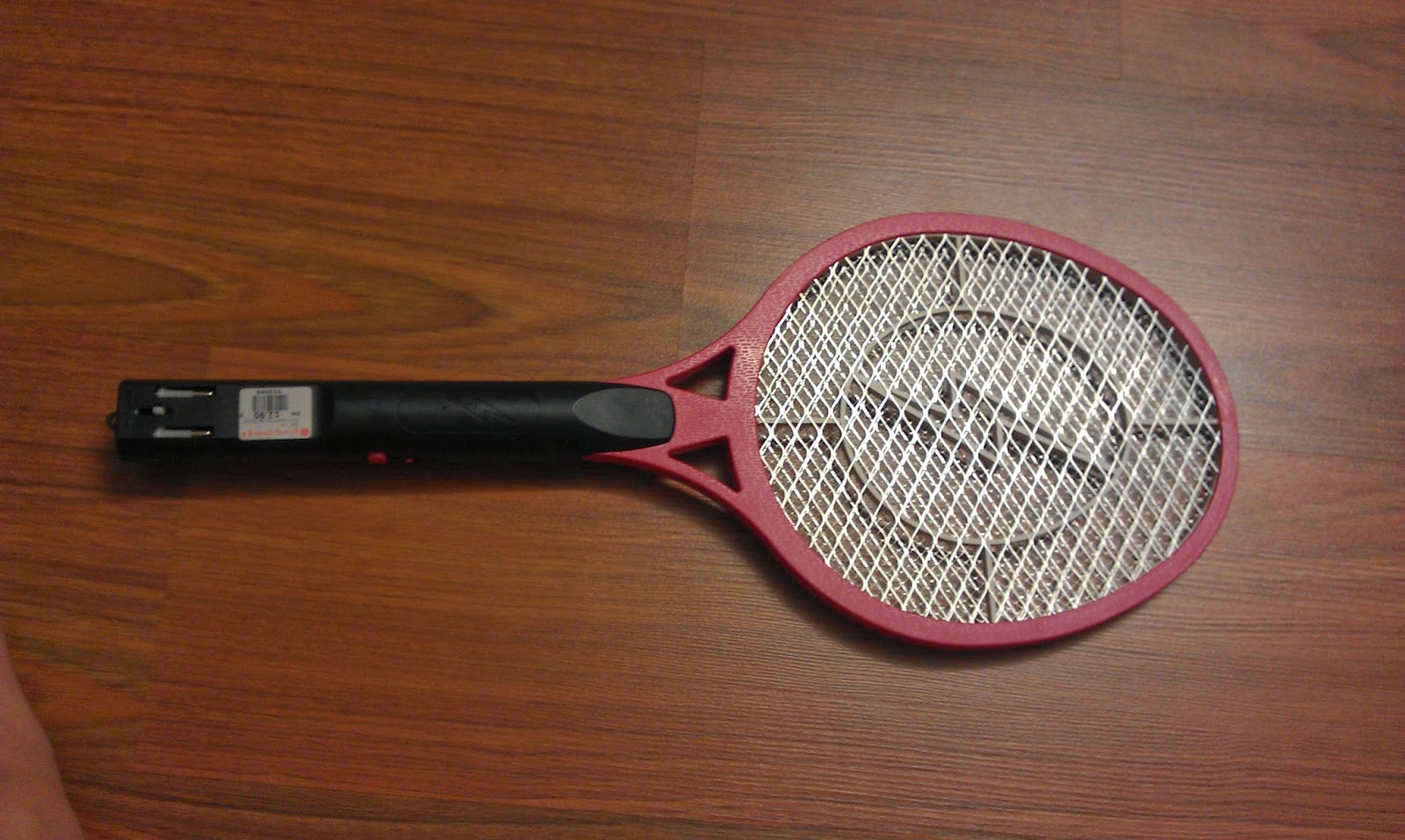Protect Your Back
Received this from my friend on how to protect your back:
Back Safety
For those who suffer from back injury:
In 2005, back injuries caused:
The best way to prevent back injuries is to learn the right moves:
Practice good posture:
Lifting
Remember your BACK when lifting:
B—Back Straight
A—Avoid Twisting
C—Close to the body
K—Keep the lift smooth (don’t jerk)
Always lift with your legs!
Standing/walking
1. Decrease the weight lifted by:
Poor physical fitness can increase the likelihood of a back injury.
Regular exercise:
Back Safety
- Your back is at work 24 hours a day.
- It takes part in almost every move you make.
- Because of its workload, your back is prone to injury.
- Are extremely painful.
- Are difficult to heal.
- Are frequently recurring.
- Affect everything you do.
For those who suffer from back injury:
- Only 3% receive training in preventing back injuries.
- 97% receive medical treatment.
In 2005, back injuries caused:
- 19% of all industrial disabling injuries (IDIs) resulting in 157 lost work days.
- 9% of all off-job disabling injuries (ODIs) resulting in 212 lost work days.
- 12% of IDIs resulting in 72 lost work days.
- 5% of ODIs resulting in 151 lost work days.
The best way to prevent back injuries is to learn the right moves:
- Practice good posture—maintain your back’s natural curves.
- Practice good body mechanics and work techniques—good habits reduce the strain placed on the back.
- Maintain physical fitness.
Practice good posture:
- Stand or sit up straight.
- Keep knees slightly bent while standing.
- Keep your ears, shoulders, hips, and ankles in a straight line while standing.
- Tuck in buttocks.
Lifting
Remember your BACK when lifting:
B—Back Straight
A—Avoid Twisting
C—Close to the body
K—Keep the lift smooth (don’t jerk)
Always lift with your legs!
Standing/walking
- Keep your weight equal on both feet or with one foot up resting on a low stool.
- Change positions often.
- Keep head high, chin tucked in, toes straight ahead.
- Wear comfortable, low-heeled shoes (less than 4 cm high) with good support.
- Take short rest breaks.
- Adjust car seat so your knees are just below hip level.
- Sit up straight.
- Keep both hands on the steering wheel.
- Use a lumbar support (or rolled-up towel) to support your lower back.
- Sit up straight and firmly against the back of the chair.
- Keep both feet flat on the floor.
- Keep knees at or slightly lower than the level of your hips.
- Protect your lower back with a lumbar support (or rolled-up towel).
- Sleep on a firm mattress.
- Sleep on your side with a pillow between your bent knees or on your back with a pillow under knees.
- Never sleep on your stomach, which can twist your neck and strain your back.
- Keep the keyboard directly in front of you.
- Place the screen at a comfortable distance.
- Adjust the top of the screen to be at eye level.
- Maintain your back in neutral posture.
- Avoid extended reaches.
- Keep forearms and hands horizontal, with your elbows vertically under your shoulders (no angle at the wrist).
- Adjust the chair’s height so that your knees are level or slightly below your hips and both feet are flat on the floor.
1. Decrease the weight lifted by:
- Modifying size, shape, and/or number of objects.
- Repackaging load.Holding objects close to your body.
- Distributing the weight of the load evenly.
- Using lifting teams (ask for help).Using lift assist devices (e.g., carts, dollies, forklifts, cranes).
- Ensuring clear and easy access to load.
- Turning by moving your feet and your whole body.
- Minimizing bending, twisting, and reaching below mid-thigh, above shoulder height, and beyond 50 cm.
- Alternating heavy tasks with lighter ones.
- Using larger muscle groups (e.g., thighs).
- Reducing the number of times a load is lifted.
- Reducing the pace of the task.
Poor physical fitness can increase the likelihood of a back injury.
Regular exercise:
- Strengthens back and abdominal muscles.
- Promotes weight control.
- Keeps bones healthy and strong.



Comments